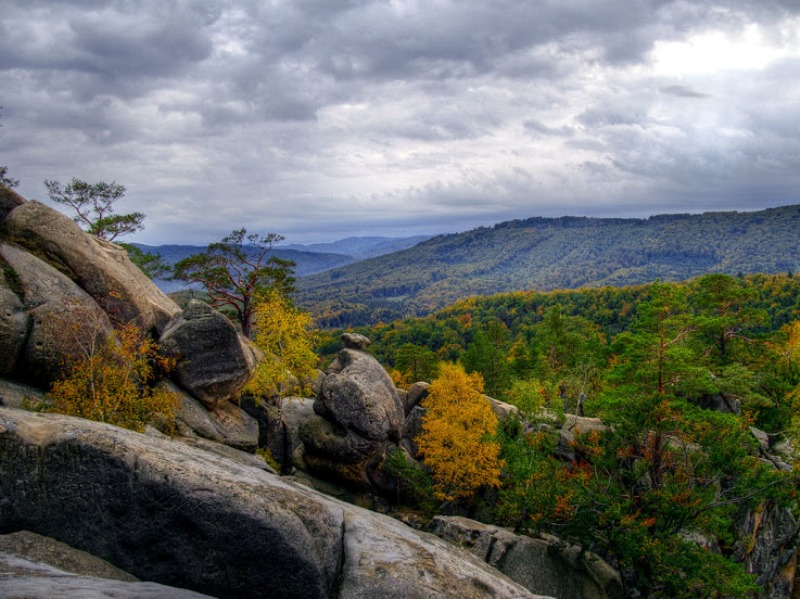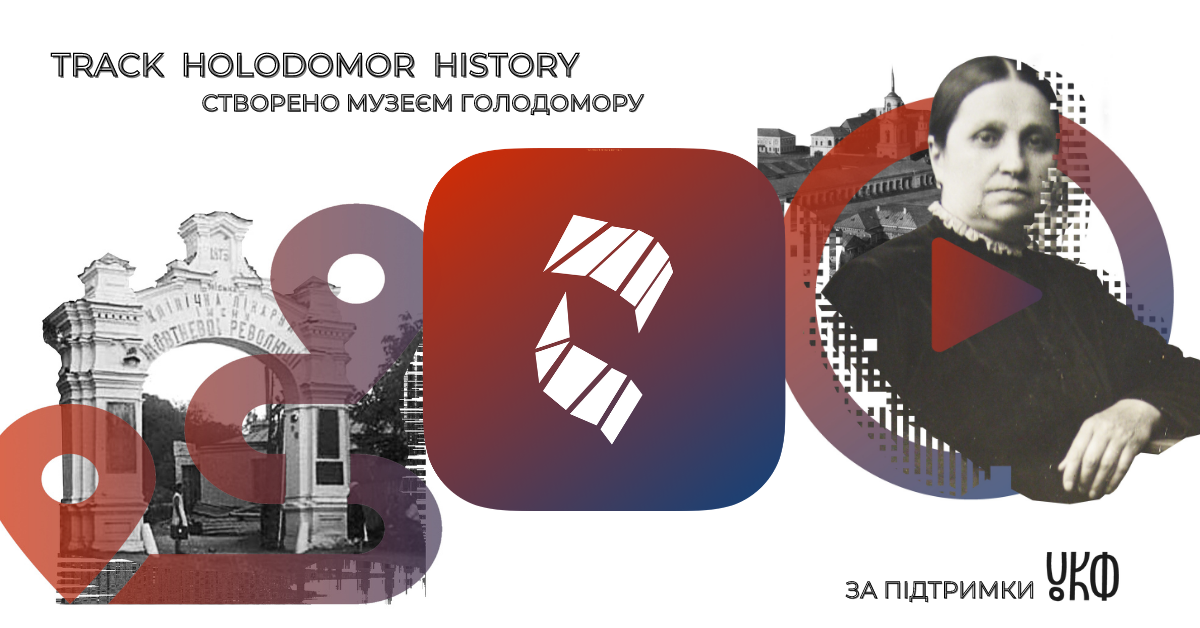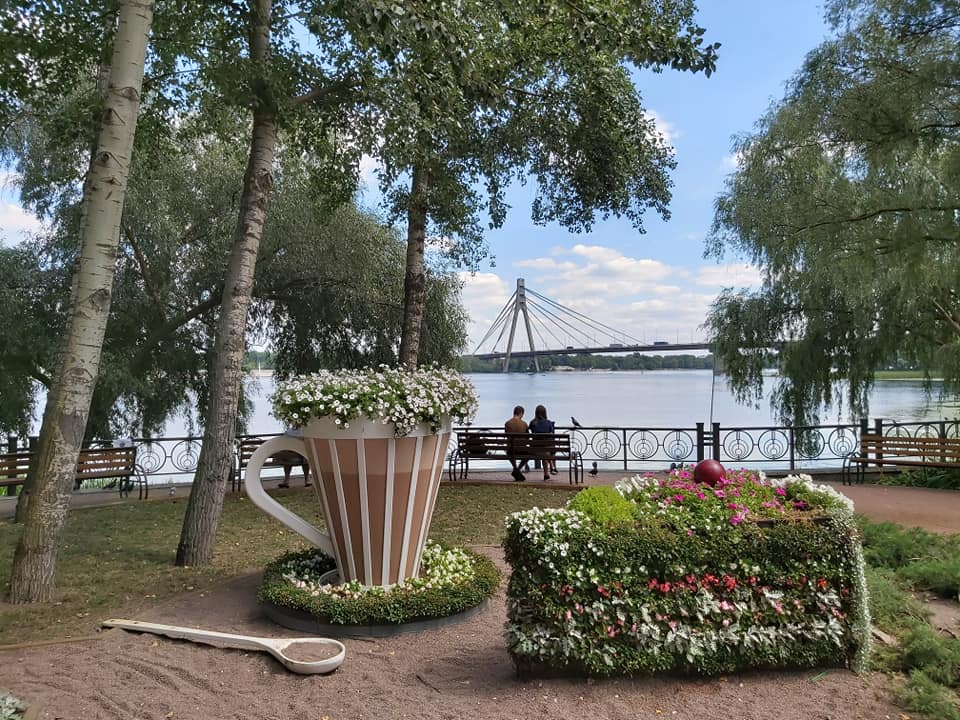What are the must-see places in Ukraine? The list "Seven wonders of Ukraine" gives an idea of that. These outstanding Ukrainian places of interest were selected based on the votes of an expert committee, which selected 21 candidates out of 1,000 possible sites, and 77,000 internet users, which selected this final list. The vote for them took place in 2007 following a campaign to know more about Ukraine "Piznai Ukrayinu," during which various public actions were held in different Ukrainian regions, called to make Ukrainian traditions and history more known to Ukrainians themselves, and was followed up with the vote "Seven Natural Wonders of Ukraine." Euromaidan Press brings you an overview of the places you shouldn't miss on your visit to Ukraine.
1. Kyiv-Pechersk Lavra (Monastery of the Caves) - Kyiv - a prominent center of Orthodox Christianity in Eastern Europe and a UNESCO World Heritage site. It was founded in 1051, when the monk Antoniy settled in a nearby cave on the hills of the Dnipro river. He was soon joined by othe men wishing to pursue the monastic life, and the underground cloister was enlarged and eventually led to the creation of above-ground temples. Developing and growing gradually, the monastery turned into the Kyivan Rus' cultural center, being the home for famous writers, scientists, historians, and artists. It was a place of knowledge – Orthodox pastors were taught in the Lavra, and the first print shop and library in Rus' were opened on its territory. After the conquest of Kyiv by the Tatar-Mongols in 1240, the Lavra's buildings were destroyed, plundered, and burned several times. The complex’s reconstruction began only in the 18th century. The Lavra is famous for its chain of caves, in which lie the remains of the saints who lived here, including the cloister's founder Antoniy and Nestor the Chronicler, a monk who wrote the Chronicles detailing the history of the Kyivan Rus.
2. Sofiyivskyi Park - Uman.
This landscape masterpiece was founded in 1796 by the Uman governor, the Polish Count Stanisław Potocki, who decided to present this unique gift to his Greek wife Sofia. Built over the course of six years, the cost of the original park was estimated at roughly 15 million złoty, a fortune by contemporary standards, and was done over difficult terrain. The main contractor was Ludwik Metzel, a Polish military engineer who, tasked to “outshine any other park in Europe,” imported many rare plants from all around Europe and employed up to 800 local serfs to get the job done. By original idea of the architect, the park illustrates different parts of Homer's poems Odyssey and Iliad. Today, Sofiyivskyi park is a scenic landmark of world gardening design at the beginning of the 19th century. The park accounts for over 2,000 types of trees and brush (local and exotic) among which are taxodium (marsh cypress), Weymouth Pine, tulip tree, platanus, ginkgo, and many others.
3. Kamianets National Historic-Architectural Reserve - Kamianets-Podilskyi. A candidate to the UNESCO World Heritage Sites, it is centered around an medieval fortress, and is known as a "flower in stone" or a "museum on an island," as it has an incredible quantity of monuments of the 11th – 19th century crowded onto a rocky island skirted by the tight loop of the Smotrich River flowing in a picturesque canyon. With a history spanning back to 1196, the city developed around the castle, and was at the center of numerous invasions during the 14-18th centuries, each of which left its impring on the city achitecture. The impregnable castle on a rocky outcrop was named a "fortress built by God" by its attackers.
4. Khortytsia. This island the largest on the Dniper river is most known for being one of the strongholds of the Zaporizhzhia Kozaks, although its history spans back to the times of the Scythians, Sarmatians, Cimmerians, Pincenates, Slavs, and even the palaeolithic times. In 1552-56, Hetman of the Ukrainian Cossacks Baida-Vyshnevetsky established the Zaporizhzhian Sich, on this island, and built a castle from whic he set out on campaigns against Türkiye. After the liquidation of the Sich when Ukraine was absorbed by the Russian empire, the island hosted a Mennonite colony.
5. Chersonesus Taurica - Sevastopol.
Founded in 6 BC, this ancient city, a UNESCO World Heritage Site, is a greek colony located on the shore of the Black Sea at the outskirts of Sevastopol on the Crimean Peninsula, where it is referred to as Khersones. It has been nicknamed the "Ukrainian Pompeii." It is considered that Prince Volodymyr, the baptiser of Rus, was baptised in Chersonesus in 988.
6. Saint Sophia Cathedral - Kyiv. Founded in 1011, this cathedral is an outstanding monument of the Kyivan Rus and a UNESCO World Heritage Site. This masterpiece of arthitecture was built by Grand Prince Yaroslav the Wise at the height of Kyivan Rus, in the Byzantine style, and significantly transformed during the baroque period. Despite being widely considered to mirror the St. Sophia cathedral in Istambul, it contains architectural and artistic elements unique to the Kyivan Rus. Its organization and stylistic treatment of mosaics and frescoes provided the model for many Kyivan Rus and later Ukrainian churches. Key events in Ukrainian religious, political, and cultural life have taken place in and around the cathedral. The first library in Ukraine was founded there by Yaroslav the Wise. He was eventually buried in the cathedral (his sarcophagus remains), as were other grand princes and metropolitans. Coronations were performed, foreign ambassadors were received, councils met, and many historic treaties, proclamations, and universals were announced there.
7. Khotyn Fortress - Khotyn. A stronghold famous throughout Europe for great battles in the past, it was built by, fortified, stormed, and included into the possessions of ancient Rus princes, Moldovan owners, Polish kings, Ukrainian hetmans, Turkish sultans, Russian and Austrian military leaders. The first written mention about Khotyn is dated back to the end of the 14th century, but the first settlements on the outskirts of modern Khotyn appeared 35-10 thousand years ago. The fortress acquired its modern look at the end of the 15th century, when Khotyn was a part of the Moldavian Kingdom, and has been the location for shooting stage for many famous Soviet movies.
/Video graphics: Ganna Naronina





